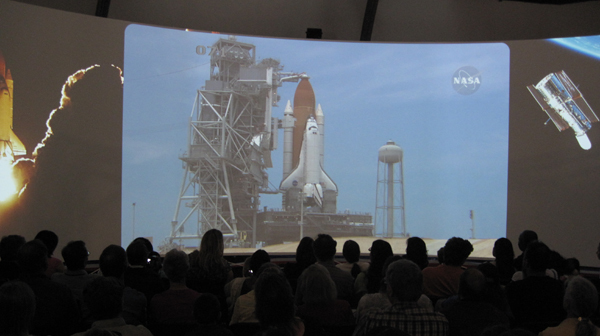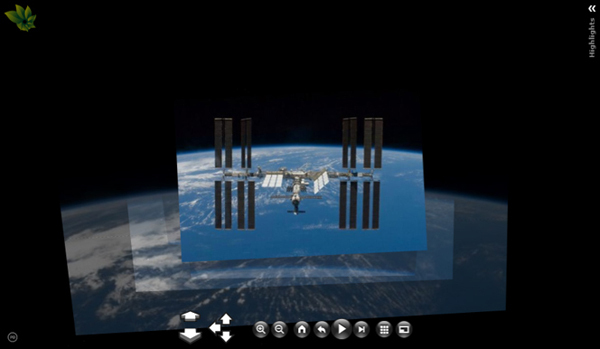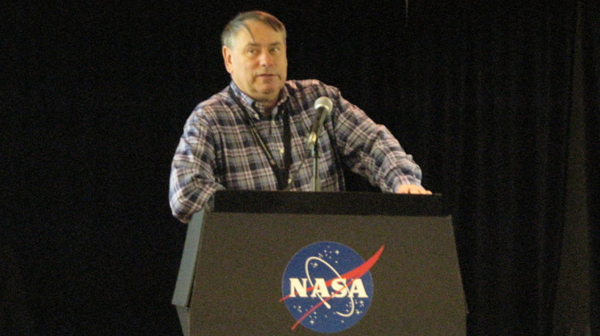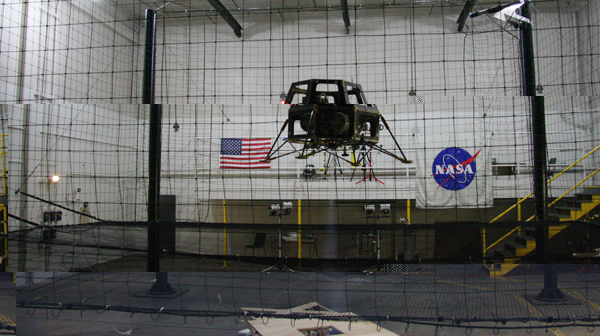This is the Participatory Exploration archive | Back to Main
tobearchived after 6 years
Posted on Monday, September 17, 2012
After exactly 6 years (first post) its time to archive this blog. I've had a great time keeping a trail of my online journeys over these past 6 years and it served me well in my worldly travels, but its time for a new itinerary. I will keep the content up for the Google but I won't be posting here anymore. If you're interested in staying connected, follow me on Twitter @tobedetermined until I find a new home to share my current and future travels.
A loss
Posted on Tuesday, March 15, 2011
NASA CTO for IT Chris C. Kemp today announced he's leaving the Agency. Sad story. Given he was the one who convinced me to come over to the Bay Area from Amsterdam, The Netherlands 3 years ago. Meanwhile, the public gets pictures like this:
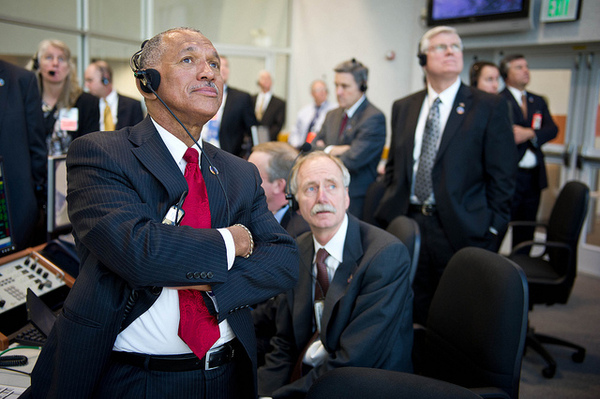
Exploring the Future of Space Exploration
Posted on Thursday, May 14, 2009
I'm curious if any of you ever asks that question? And if so, what comes to mind first? For me, its media. Call it New Media, call it Old Media, call it Media2.0, or call it Medea (which actually is an excellent movie by Pier Paolo Pasolini). We might not all get a chance to get up there, but using 21st century technology, we can get pretty close (take that, Hollywood yawn inspiring Star Trek remake).
Here at NASA Ames, in the heart of Silicon Valley (aka New Media Valley), we're surrounded by the New Media vibe. Media evolve with technology, and with Google, Yahoo, Microsoft and alike only a stone throw away, the merger of outer space and cyberspace (sic) seems to be an obvious one.
Yes, there are slow days in the Valley, but there are also these days (and weeks) when everything seems to come together. The Future of Space Exploration? Well, its Low Earth Orbit still, but the ability to personally experience the STS125 mission to Hubble is quite impressive. Its the first time I actually witnessed a mediated launch of a Space Shuttle while being in the US. Standing in the NASA Ames Exploration Center, physically experiencing the low vibrations of the wind blowing at KSC just before launch with the voice over of Mission Control made it a memorable moment.
Last year I worked with a group of people here at NASA Ames to develop a simulation of the STS125 spacewalks (yes, windows only for now). Looking at the real thing today, the feeling of having been there before, in person, is quite profound. If only NASATV would allow me to subscribe to a pinging service that would alert me when the astronauts come out of the airlock for another spacewalk, I wouldn't have to miss any of it.
Also this week (well, last week really), NASA released a new set of Photosynths. Of the International Space Station (ISS) this time. Try it for yourself and dive into the high res images and get a feel of what its like to be onboard and circling the ISS. Its New Media research avant la lettre: how to leverage New Media to get you up there. And as our CIO here at Ames Chris C Kemp says: There seems to be a healty appetite for more innovation in this space.
On top of all that, today we are celebrating three fantastic years of Pete Worden's leadership at Ames! Looking forward for an additional 3+ years of his leadership of NASA's research center at the heart of the New Media (r)evolution.
tobedetermined
Posted on Monday, April 27, 2009
It has been a long while since I last posted anything on this blog. Its not that I have been on holiday or anything, but given the pace of the web these days, blogging seems so...20th century...Twitter is definitely the new blogging. But anyway, lots of good stuff has happened over the last few weeks. Our NASA Ames CIO Chris C. Kemp launched a blog with a pretty inspiring message, Kepler is doing fine, Ames is getting its awards, and frankly, the web is still leading the way towards the stars. NASA is still without a new administrator, but given the dire circumstances here in the US, i can't blame him. And to be honest, NASA does need a bit of a rethink, so the fact that no one has been named so far (I hear its imminent) doesn't strike me as too uncomfortable. So where are we with bringing outer space onto the web? Interesting developments are cooking here at Ames, of which I can't tell much at the moment, but once they are ready to go, i'll be sure to post them here. ps. At least its comforting to see Obama's portrait in building 200 (aka center management building)...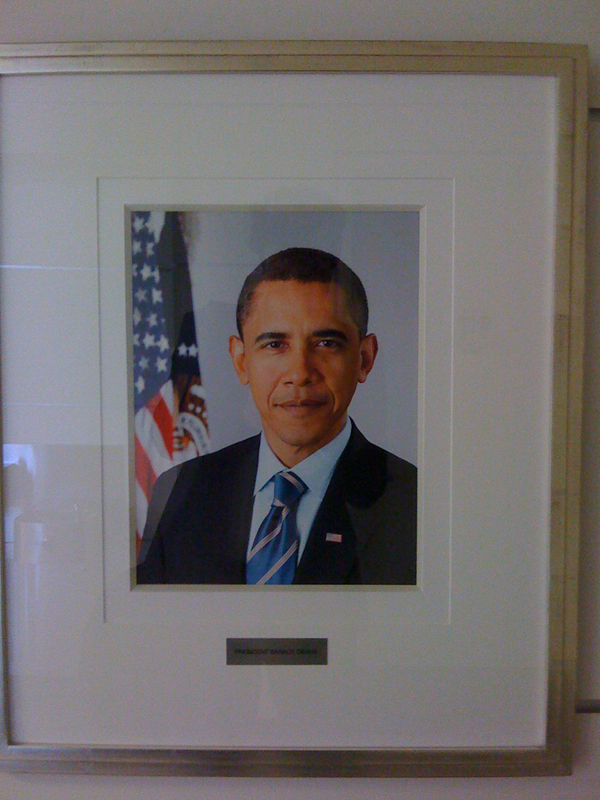
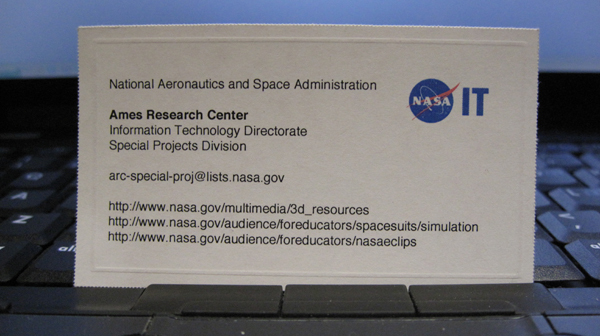
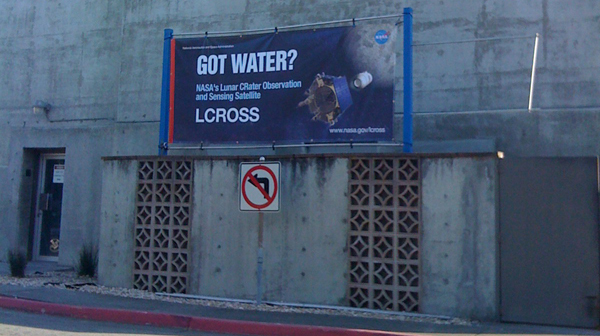
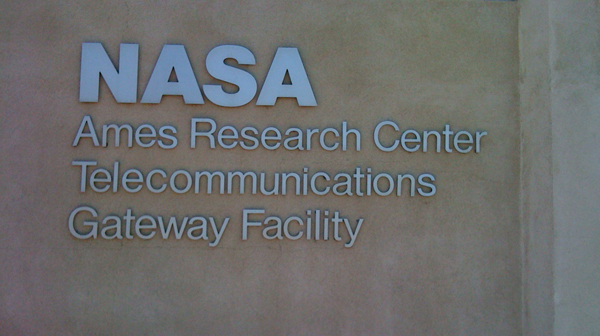
Go Kepler
Posted on Saturday, March 7, 2009
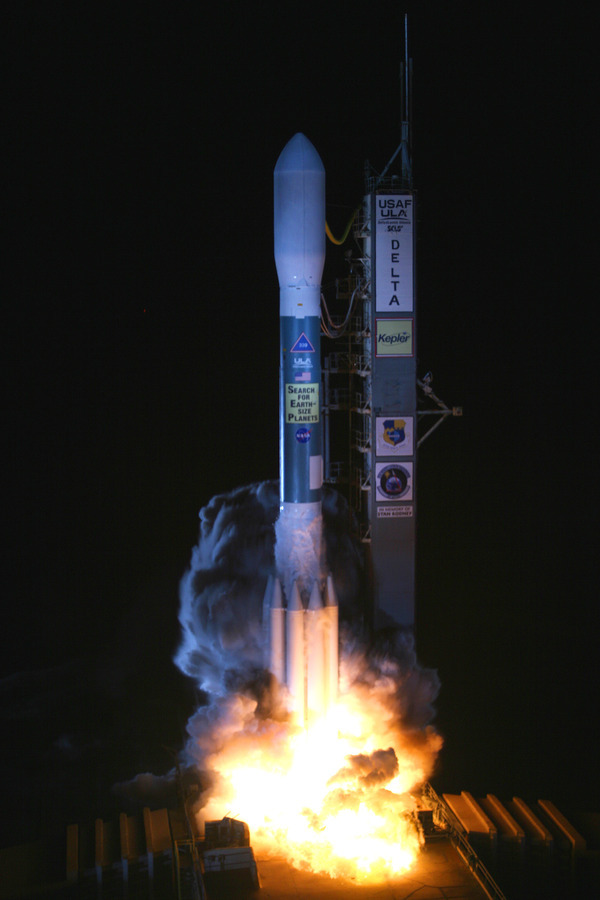
Apparently this is a real image. More at the spacecraft's twitter feed.
Another Peak Into the Future
Posted on Tuesday, December 9, 2008
Some of the sensors I blogged about in this post will likely come out of the Small Spacecraft Division here at Ames. (Click on the bottom image for a full-res closeup)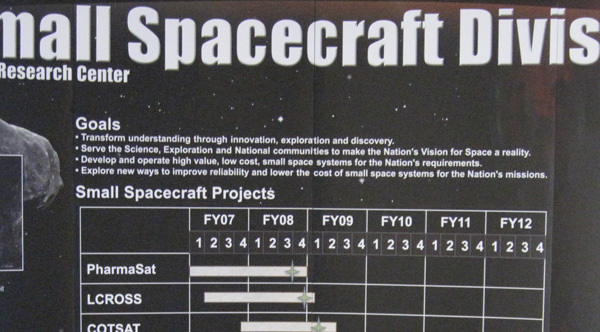
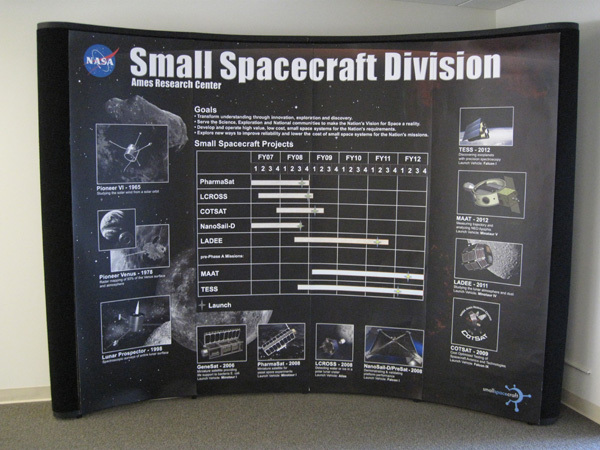
Click for full res version
Web Meets Out-Of-This-World
Posted on Thursday, December 4, 2008
2 days ago I watched another two 30min. videos from last month's Web2.0 Summit 'Web Meets World'. One an interview with Al Gore, the other one an interview with Michael Pollan. Given this year's theme 'Web Meets World', both interviews revolved around discussions on how best practices and business models from the web and software world could be applied to re-invent and/or re-invigorate other industries 'in the real world': the outdated energy industry in Al's talk, the dysfunctional food industry in Michael's talk.
Reading a book on the Django Web Application Framework last night, I realised this question just as much applies to the space industry. Its something I remember Pete Worden (our current NASA Ames Center Director) being pretty vocal about back in 2006. Teaching at the ISU Summer Session in Strasbourg, he made a strong case for the need for standards to facilitate innovation in the space industry. Standards for the data coming back from space, standards for the telecommunication protocols used in space, standards in launch and operational systems. And since he's been here at NASA Ames, he spearheaded an initiative to implement that kind of modular thinking in the actual physical design of a spacecraft, the Modular Common Spacecraft Bus (image above). Its an ubergizmo-worthy system design that can be used both for orbiter missions as well as for lander missions and that was recently selected by Odyssey Moon as their preferred platform to take a shot at the Google Lunar X-Prize.
I can see down the road a satellite gathering data somewhere in the Solar System is conceptually not that different from say a network of smartphones tied into a sensor network, or a webcam streaming images live on the web. Read for example what the Google Lunar X prize has in its competition guidelines in order to win the Grand Prize:
MOONCAST: The Mooncast consists of digital data that must be collected and transmitted to the Earth composed of the following:
High resolution 360º panoramic photographs taken on the surface of the Moon;
Self portraits of the rover taken on the surface of the Moon;
Near-real time videos showing the craft’s journey along the lunar surface;
High Definition (HD) video;
Transmission of a cached set of data, loaded on the craft before launch (e.g. first email from the Moon).
Teams will be required to send a Mooncast detailing their arrival on the lunar surface, and a second Mooncast that provides imagery and video of their journey roaming the lunar surface. All told, the Mooncasts will represent approximately a Gigabyte of stunning content returned to the Earth.
In the end, its all the same. Input devices (in this case: satellites) feed into the web, the web as platform extracts (collective) intelligence out of this data (if you're lucky), the network delivers the data/media to its users/consumers, and voila: Web Meets Out-Of-This-World. Its already happening (yes, it is). Or as one of my favorite quotes from William Gibson goes:
The Future is here, its just not evenly distributed yet.
Participatory Impacting the Moon
Posted on Sunday, November 23, 2008
A probe released from Chandryaan-1 impacted the moon last week (more & images). A nice dress rehearsal for the LCROSS mission which is looking for lunar impact next year (LCROSS is developed here at NASA Ames). Didn't see any realtime coverage though. No live spacecraft images coming online as it is heading towards impact...so there is still the 'innovative/surprise factor' up for grabs for LCROSS. Like @MarsPhoenix grabbed it for the twitter platform.
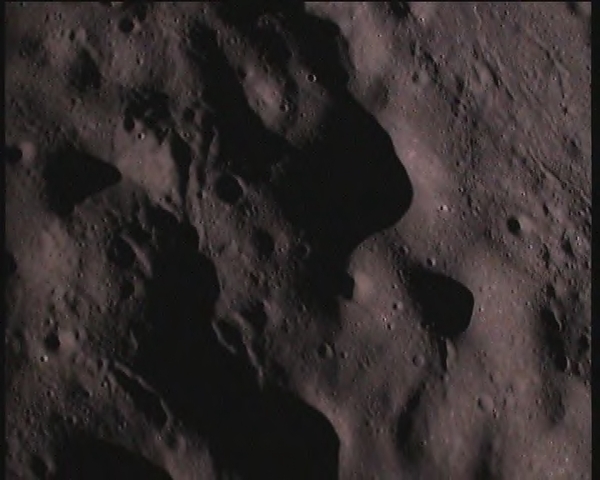
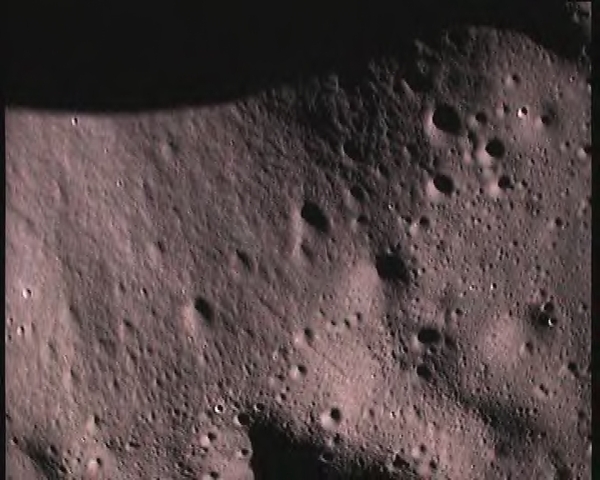
The future is process, not a destination
Bruce Sterling
Everything is ultimately becoming information technology
Ray Kurzweil
Data is the Intel inside
Tim O'Reilly
There is only one machine and the web is its OS
Kevin Kelly
The medium is the message
Marshall McLuhan

